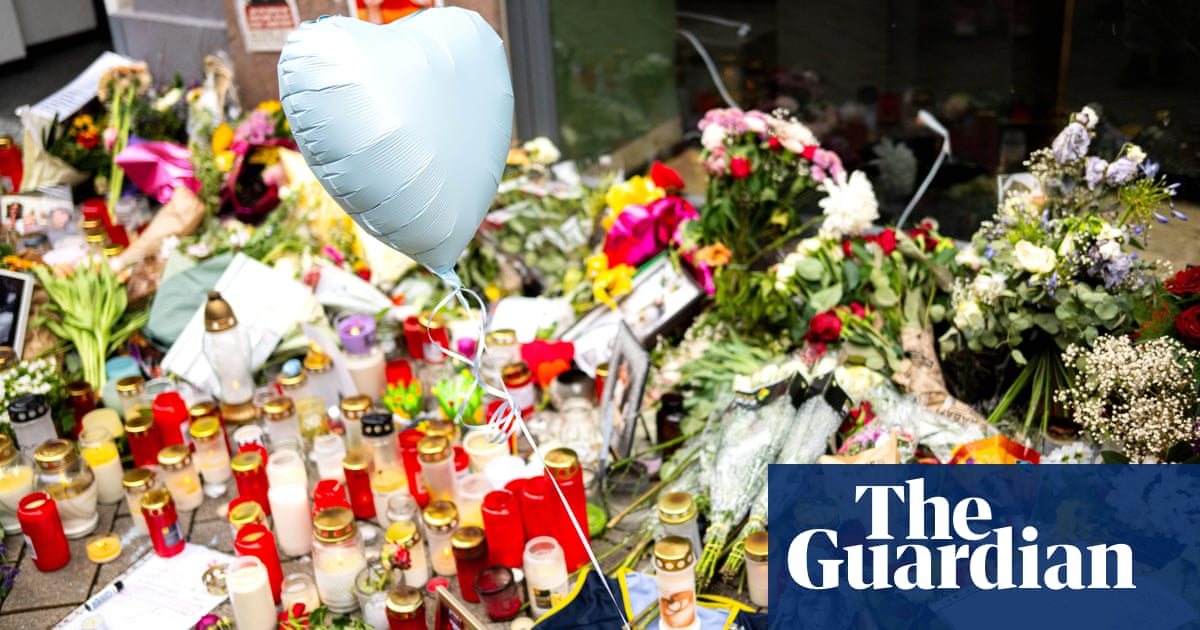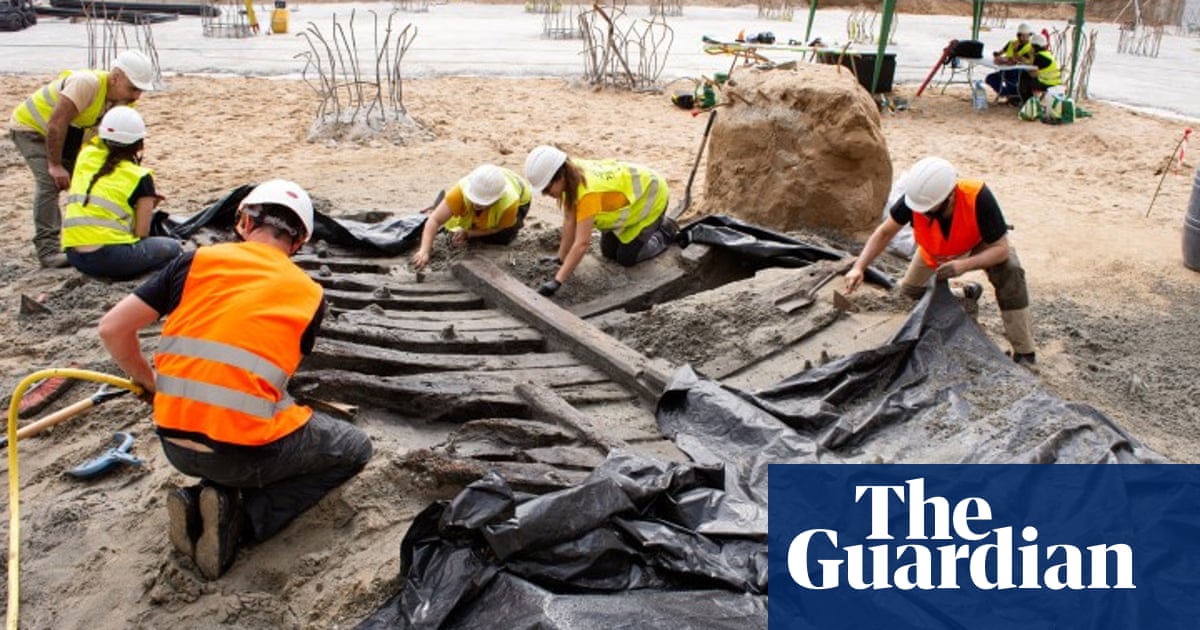Twenty years ago this August, the United States Gulf coast was irrevocably changed when Hurricane Katrina, one of the deadliest and costliest storms to ever hit the country, made landfall. Making landfall as a strong category 3, the storm, which was so vast it stretched the length of the Mississippi Gulf coast all the way into Alabama, hit the Mississippi-Louisiana coastal border before continuing northward.
Since then, superstorms fueled by the climate crisis have become relatively commonplace in the country, but the impact of Katrina endures to this day. Immediately following the storm, the country and world were enthralled by tragic stories out of New Orleans, where the levees failed to a catastrophic effect and the local, state and federal responses were disastrous. But Mississippi, which received the maximum impact from the storm surge, was largely left out of the national narrative around Katrina.
It took four weeks for Fema and the Red Cross to arrive in the majority Black East Biloxi neighborhood, according to then Ward 2 city councillor Bill Stallworth. About one in every three people living in the hardest hit areas of the storm were Black.
Melody Golding, a photographer from Vicksburg, aimed to document the tragedy in Mississippi, arriving in the hardest hit part of the state shortly after the storm. Her photos captured the almost unimaginable devastation, pain and grief of survivors and resilience of the people of the Magnolia state, who came together to rebuild.

Her new photo exhibit, Hurricane Katrina: Mississippi Remembers, at the two Mississippi museums in Jackson, looks back at the storm that changed the region some 20 years ago. On view through November, the free exhibit includes both Golding’s photographs and artifacts from the Mississippi department of archives and history.
“[These photographers] are my personal witness to the events of this sweeping and non-discriminating catastrophe,” reads Golding’s artist statement that accompanies the exhibit.
“It is an incomplete visual recording of the Mississippi coastline, all of which was very nearly wrung of life and hope after the storm. These images radically simplify what really happened. My goal in capturing them was to convey the essence of the hurricane’s destruction. The grim subject matter has a nightmarish quality, yet also a strangely elegant observance as we attempt to visualize the experience of the victims of the storm.”
‘Like demons let loose in an exorcist movie’
A Christmas ornament. A crystal drop from a chandelier. An Asian-style spoon. Marbles. A ceramic plate fragment. These mundane objects, assembled from the wreckage in Biloxi, where Katrina killed 53 people, show how the storm and its destruction wrecked havoc on everyday lives.
Golding’s photos allow those who visit the exhibit to pause and imagine the lives of the people who left the items behind: a photograph made in Pascagoula of an Italian cookbook impaled on a fence; an image in nearby Ocean Springs of a warped vinyl record atop a pile of rubble.
Throughout the exhibit, interspersed with the images and objects are quotes from Mississippi women who experienced the storm. Two years after Katrina, Golding authored Katrina: Mississippi Women Remember, which combines her photographs with firsthand accounts of Mississippi women who survived the hurricane.

“Glass windows, furniture, and the entire house shook violently and made deafening sounds as if the demons were let loose in an exorcist movie,” Thaou Thi (Kim) Pham, of Ocean Springs, said about the storm.
“There was a foot of water over the eaves of the roof, and the attic floor began to give way. All of us women were screaming, and the baby was crying too,” Cookie Bello, of Pearlington, said.
In a November 2005 photograph, a woman in Waveland stands by her Fema trailer, near wooden posts that are the only things left of her home following the storm. A photograph in Biloxi seven months after the hurricane captures Pham standing on a slab where her home once stood. Another photo shows the Walker family, of Bay Saint Louis, sitting on an old fallen tree in their yard. A photo from Pearlington shows the Rev Samuel M Burton, who clung to the branch of a pecan tree with his dog for nine hours during the hurricane, standing in front of a wrecked home. The photographs demonstrate the extent of the loss that those who experienced the hurricane endured and the importance of their survival.
In addition to the destruction, Golding’s photographs also show the hopefulness and resiliency of Mississippians, and how people across the state came together to support their neighbors.
Workers, from Kesker air force base servicemen who unloaded MREs in a church parking lot to people who cleared a debris-filled swamp, came together to rebuild the state and ensure that people who stayed were not abandoned.
The Mississippi Gulf coast experienced a slow rebuild after the storm – even one decade later, many of the homes in East Biloxi remained unbuilt. Of the estimated 1.5 million people who evacuated Mississippi, Louisiana and Alabama prior to Katrina, about 40% never returned. But, as Golding shows in her photography, the desire to rebuild and to remain in the state were strong following the storm.
Just months after Katrina destroyed 65,000 homes in Mississippi and left more than 100,000 people homeless, one photo in Bay Saint Louis shows the remnants of a house surrounded by rubble. The owners of the home spray painted one of the building’s outside walls with a simple message: “Will rebuild Don’t Demolish.”
“When I drove to work recently, the moon was setting over the bay on my right and the sun was rising over the sound on my left,” Ann Guice, of Biloxi, said. “I saw the shimmering reflections of both on the beautiful dark waters of my coast. It is such a gorgeous place, and when we rebuild it will be paradise again.”

.png) 4 hours ago
4
4 hours ago
4













































